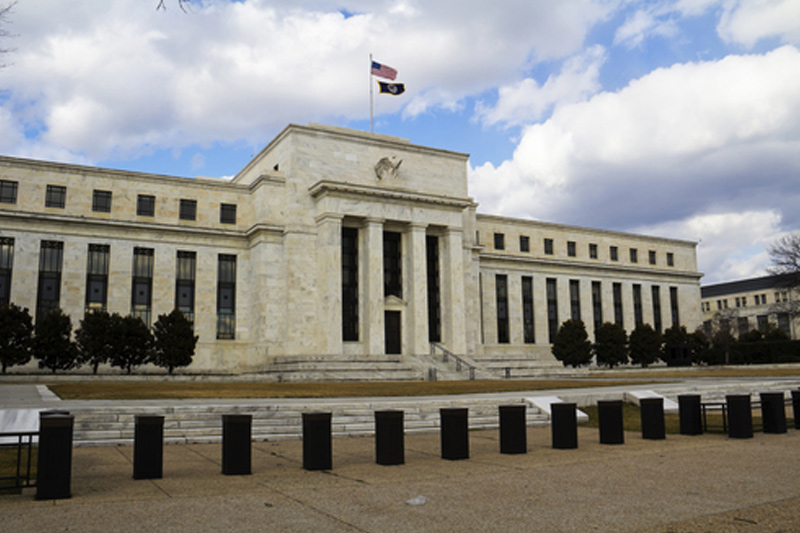By Jonathan Spicer and Ann Saphir NEW YORK/SAN FRANCISCO (Reuters) - The U.S. Federal Reserve's policy statement, unchanged for the last four months, will probably stay that way until at least September for one main reason: slow wage growth.
Everything from job growth and inflation to manufacturing and retail sales are stronger now that U.S. economic growth has rebounded from a brutal winter. Some employers are even complaining about a lack of skilled workers, and surveys are showing businesses boosting compensation or planning to do so.
Yet Fed officials, who gather for a policy meeting July 29-30, are in no rush to talk about hiking interest rates because wage gains remain stubbornly low, raising questions about just how close the United States is to full employment.
While some of the more hawkish officials are anxious to tighten monetary policy and a number of private economists are warning the U.S. central bank risks falling behind on the inflation curve, Fed Chair Janet Yellen has signaled she will resist their pressure until the wage picture is clearer.
Data on Tuesday showed only a modest rise in core consumer prices and the Fed's preferred inflation gauge is still below target, giving Yellen breathing room to continue her very cautious steps toward a rate increase, probably next year.
In congressional testimony last week, she said the Fed was "closely watching" for signs of wage growth, which has been essentially flat so far this year despite strong jobs growth.
"There is some room there for faster growth in wages and for real wage gains before we need to worry that's creating an overall inflationary pressure for the economy," Yellen said.
After its meeting next week, the Fed's policy panel will likely nod to the hotter labor market and a fresh reading on growth due on Wednesday that is expected to show the economy expanded at a decent 2.9 percent annual rate last quarter.
Yet in its statement, the Fed will almost certainly reiterate that "highly accommodative" policy is still needed and that rates will stay near zero for a "considerable time" after it ends an asset purchase program, putting the first rate-rise in perhaps the second or third quarter of next year.
The Fed is also expected to trim its monthly bond buying by another $10 billion.
"Notwithstanding the mostly positive and encouraging character of recent data, we policymakers need to be circumspect when tempted to drop the gavel and declare the case closed," David Altig, the Atlanta Fed's research director and a regular at policy-setting meetings, wrote in a blog post this week.
NOT THERE YET
The Fed is not the only central bank puzzling over low wages amid a growing economy: minutes from the Bank of England's recent meeting show officials there were cautious about tightening policy too early given "contradictory signals" from wages in an otherwise strong labor market.
In the United States, hourly wages are currently growing at a 2-percent pace, well below the 3.5 percent to 4 percent that Yellen has said would signal a healthy labor market. Some economists point to alternate measures of wage growth that show a much quicker pickup in pay, and suggest the Fed risks falling behind the inflation curve.
But two relatively obscure gauges back the view that future pay increases will not come fast and furious.
The San Francisco Fed's "wage rigidity meter," which tracks the percentage of workers subject to wage freezes, is stuck above 15 percent. That's well above the 12 percent level associated with a healthy labor market, according to Bart Hobijn, one of San Francisco Fed's leading labor economists.
Another key reading is the percentage of workers who voluntarily leave their jobs. The rate tends to rise, signaling future wage increases, when people grow more optimistic about finding another job.
At 1.8 percent, the quits rate is up since the depths of the recession, but is still well under the 2.2 percent historically associated with a healthy level of wage increases. "It still has a ways to go," said Hobijn.
Given that, Fed policymakers will probably wait until their next policy meeting, set for Sept. 16-17, when they are on the cusp of ending the bond-buying program, before giving a firmer sense of when they expect to raise rates.
By then, Yellen and others hope to know whether the economy's engine is still missing the piston of wages.
(Reporting by Jonathan Spicer and Ann Saphir; Editing by Bernard Orr)
